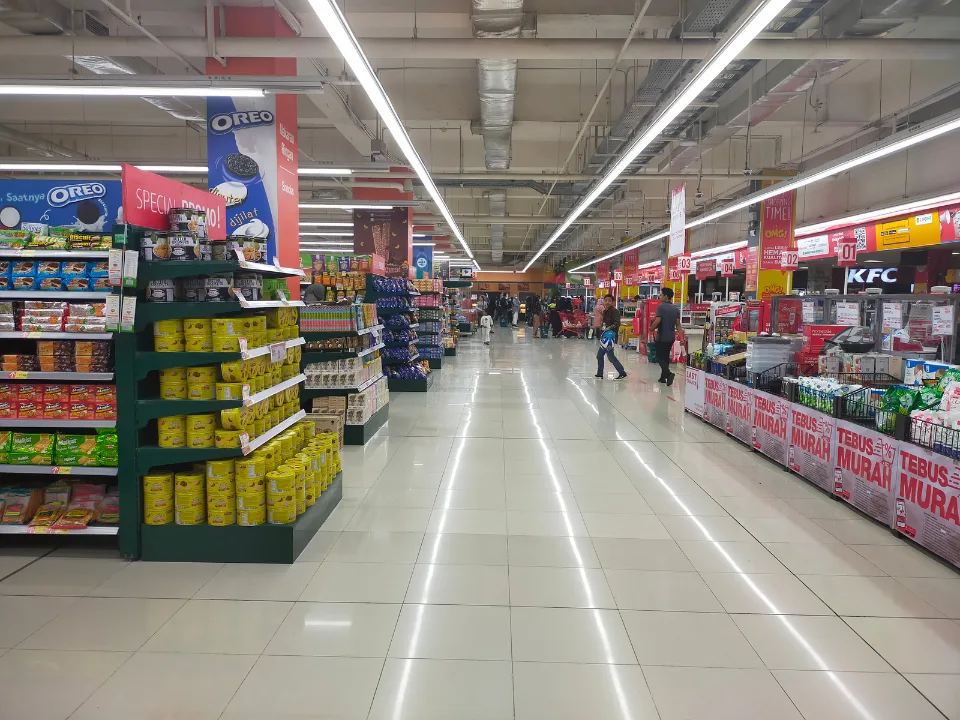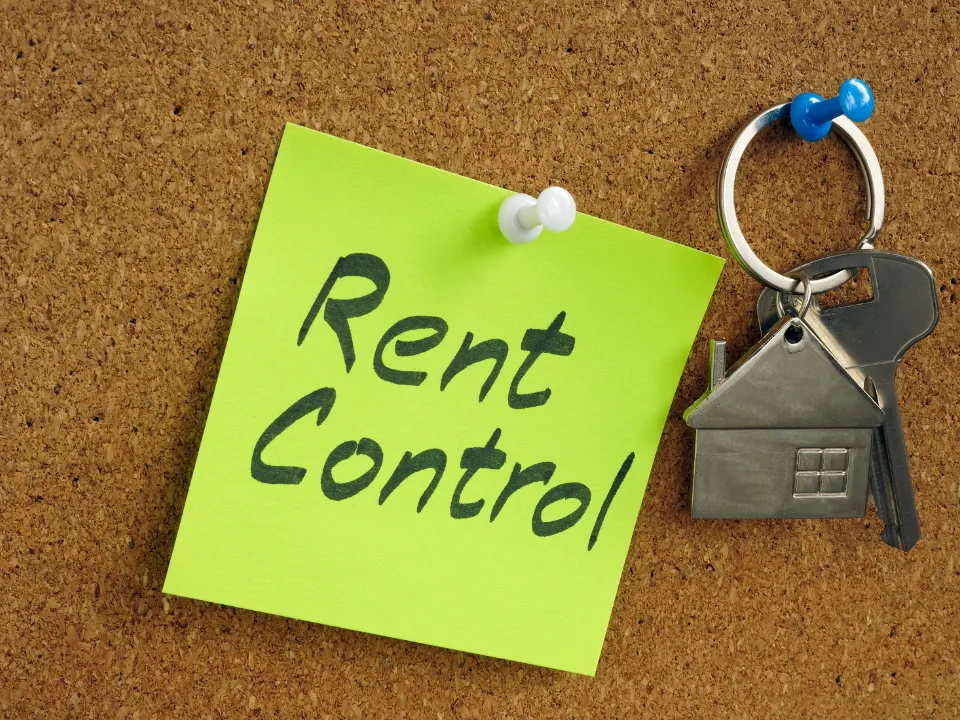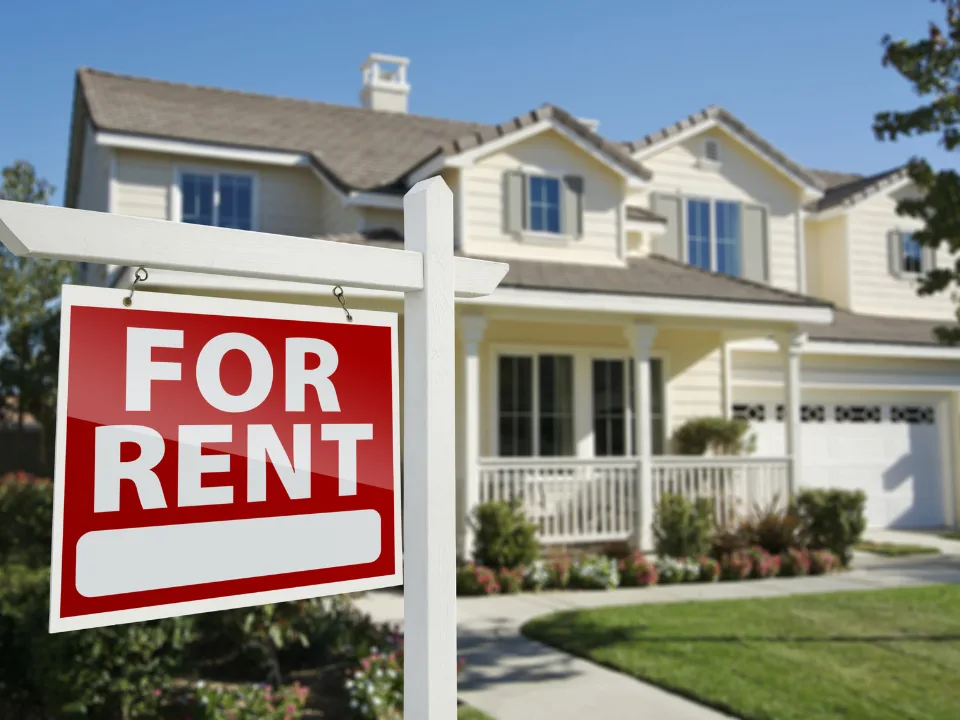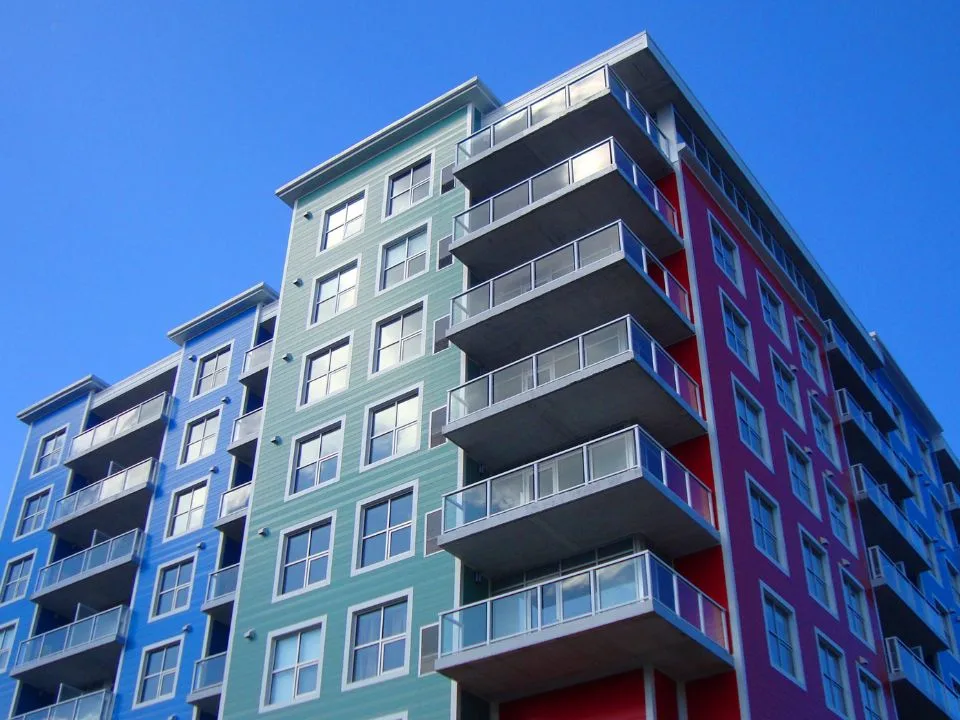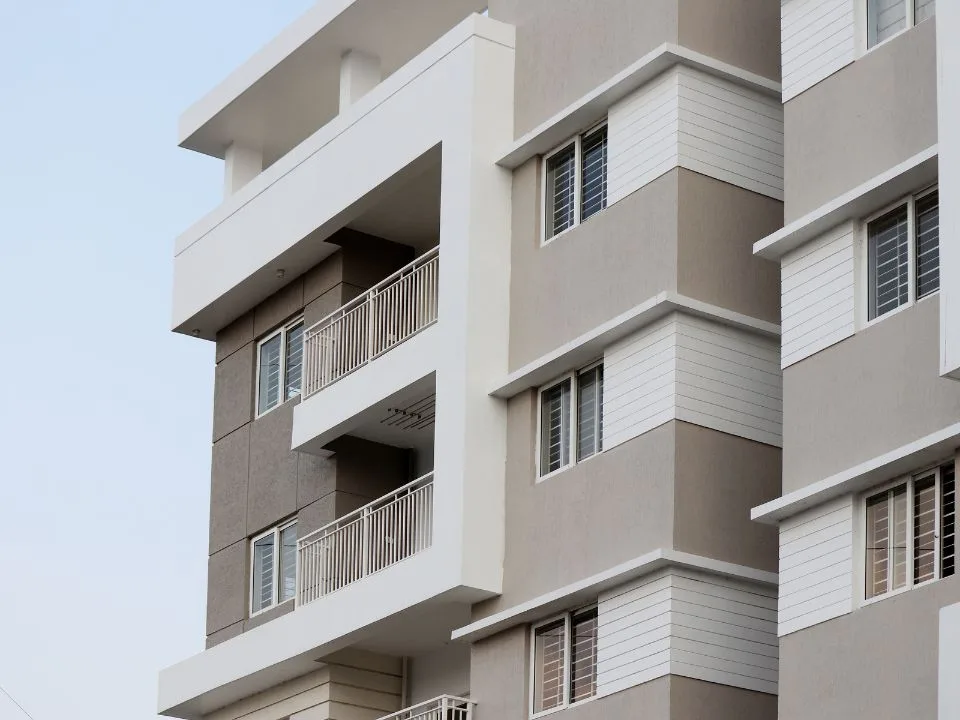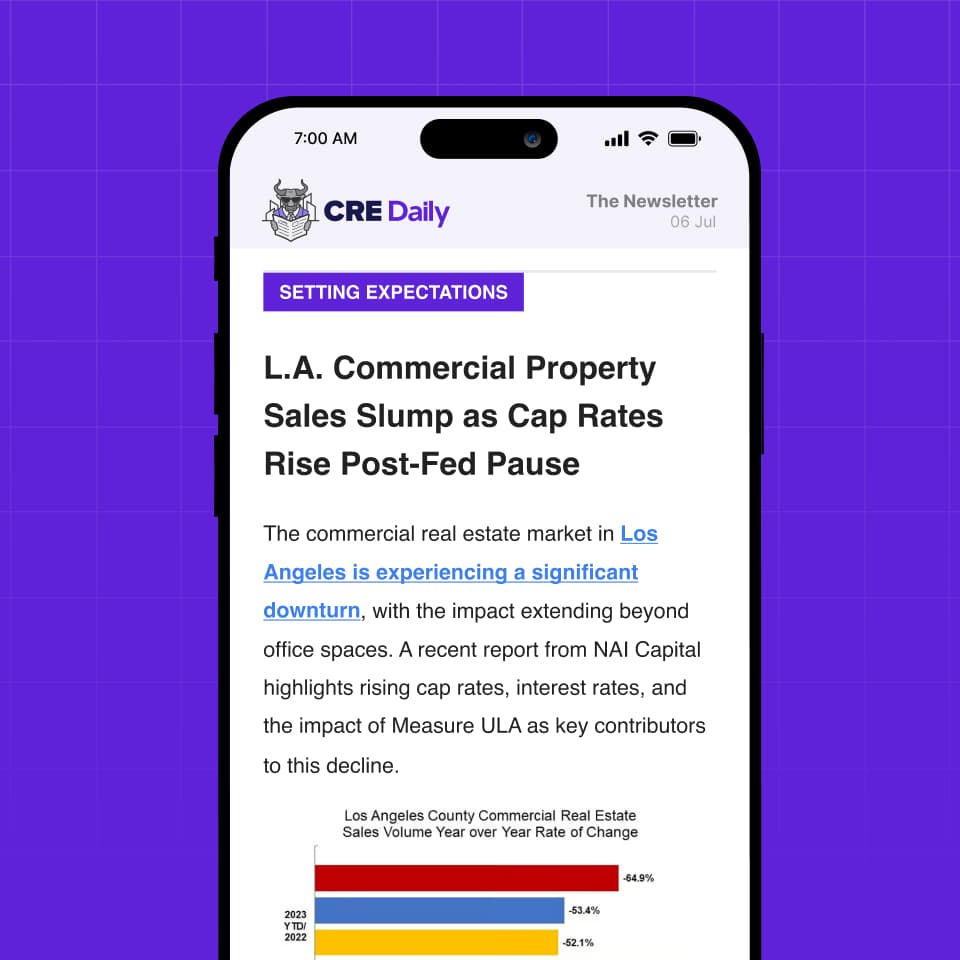- The U.S. build-to-rent (BTR) market hit a new milestone in 2024, with 39,000 single-family rental homes completed — a 15.5% YoY increase and the highest on record.
- Nearly 110,000 more BTR units are in various stages of development, signaling strong ongoing momentum despite headwinds like construction costs and land availability.
- Phoenix led all U.S. metros in 2024 with 4,460 completions, followed by Dallas (3,197) and Atlanta (3,035), underscoring the South and Southwest’s dominance in BTR activity.
- Texas, Florida, and Arizona top the list of states with the most BTR completions last year, driven by favorable zoning, population growth, and job market strength.
- Rising housing costs, demand for more space, and changing lifestyle preferences—especially among families, retirees, and remote workers—are fueling BTR demand.
A Historic Year for Single-Family Rentals
The BTR sector has come a long way from its pre-pandemic scale. Once a niche corner of the housing market, BTR homes accounted for just 3% of new builds a few years ago. Today, they represent nearly 10%, and in 2024, the industry shattered previous records with 39,000 new homes completed, according to Yardi Matrix data analyzed by Point2.
That’s a 15.5% jump from 2023 and more than six times the number of completions seen in the years immediately before the pandemic.
Where It’s Happening: The South Leads the Pack
Phoenix takes the crown with 4,460 new units, followed by Dallas with 3,197, and Atlanta with 3,035. Houston (2,505), Charlotte (1,415), and Jacksonville (1,201) also stood out.
By state, the top five for BTR completions in 2024 were:
- Texas – 6,994 units
- Florida – 5,379 units
- Arizona – 4,812 units
- Georgia – 4,095 units
- North Carolina – 2,826 units
These regions share several advantages: faster permitting, lower land costs, and business-friendly climates—all while absorbing massive population gains. Texas alone added nearly 563,000 new residents last year.
Get Smarter about what matters in CRE
Stay ahead of trends in commercial real estate with CRE Daily – the free newsletter delivering everything you need to start your day in just 5-minutes
Who’s Renting? A Changing Renter Profile
Today’s BTR renters span multiple demographics:
- Millennials starting families
- Retirees downsizing from owned homes
- High-income renters by choice
- Remote and hybrid workers seeking space and privacy
This demographic shift, combined with record-low housing affordability, has made BTR communities especially attractive — offering the space of a house with rental convenience and resort-style amenities.
Big Builds, Bigger Communities
Among the largest communities completed in 2024:
- Litsey Creek Cottages, Roanoke, TX – 396 units
- Viviano at Riverton, UT – 364 units
- The Bungalows on Camelback, Phoenix – 334 units
Each features pools, fitness centers, and clubhouses—standard amenities that make BTR communities more comparable to master-planned neighborhoods than traditional rental properties.
Five-Year Boom: The Metros That Surged
BTR completions from 2019 to 2024 show how quickly the sector scaled up:
- Phoenix: 12,702 units (+309%)
- Dallas: 10,413 units (+244%)
- Atlanta: 7,553 units (+1,381%)
- Houston: 5,250 units (+151%)
Even smaller metros like Huntsville, AL and Savannah, GA saw outsized growth, driven by economic development and population increases.
What’s Next: Nearly 110,000 More Homes in the Pipeline
Even with rising construction costs and financing hurdles, the BTR pipeline is robust. 109,898 units are in development, with Phoenix (13,010 units), Dallas (8,450), and Atlanta (6,644) again leading the way.
Other notable pipelines:
- Charlotte, NC – 4,886 units
- Houston, TX – 3,969 units
- Orlando, FL – 2,968 units
- Huntsville, AL – 2,005 units
While growth may temper slightly due to costs and potential oversupply concerns in some markets, the sector is expected to continue expanding to meet ongoing demand.
Why It Matters
As the for-sale housing market remains largely out of reach for many Americans, build-to-rent homes have emerged as a viable alternative. They bridge the gap between apartment living and homeownership, offering space, comfort, and flexibility without the long-term financial burden of buying.
With developers responding to demand and renters prioritizing lifestyle and convenience, BTR is no longer a niche—it’s a core segment of the U.S. housing ecosystem, and it’s not slowing down anytime soon.
